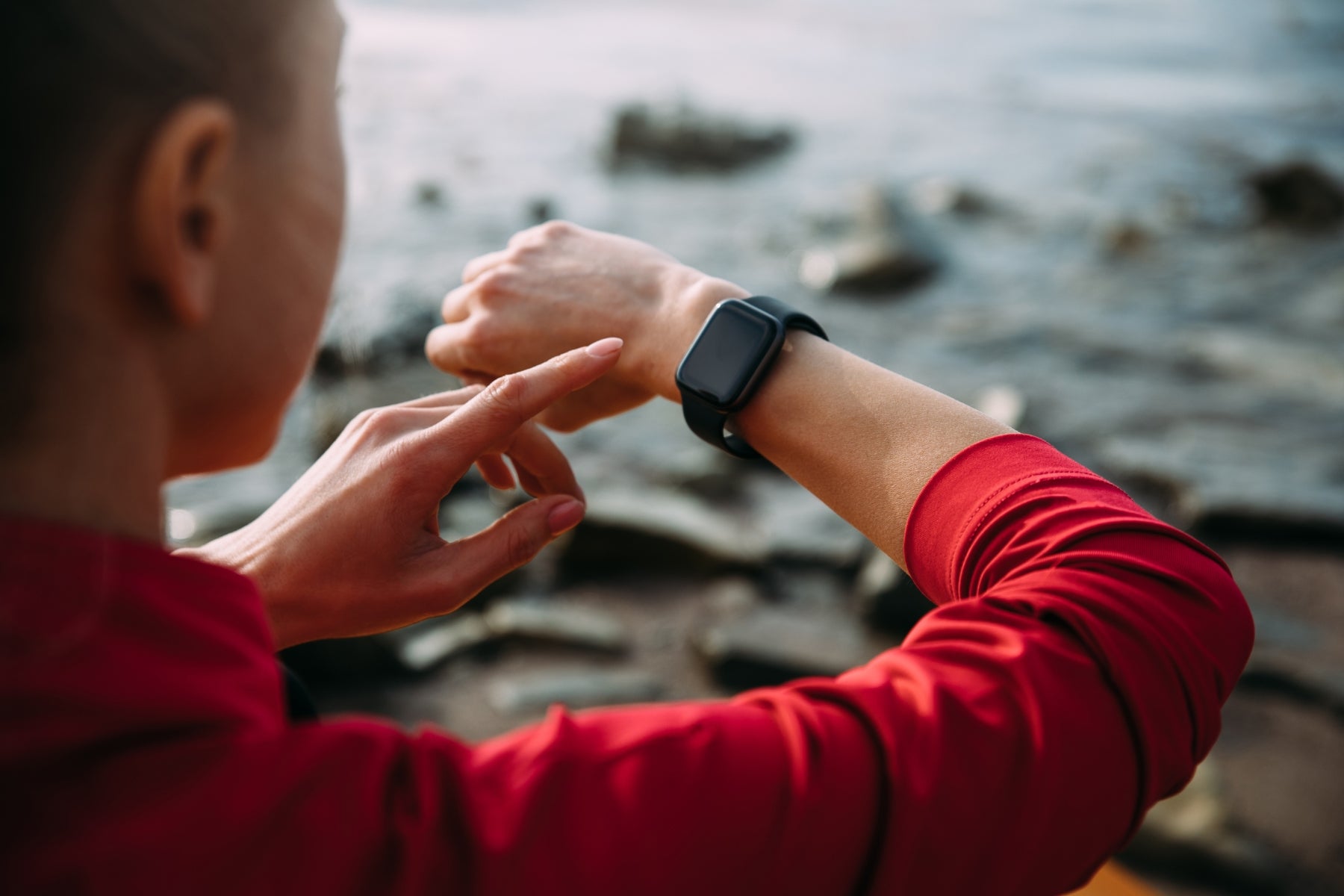Our grandparents knew how important it is to have supplies. If the basic necessities are no longer available, they ensure that you don't starve and die of thirst. Even the German government has been issuing recommendations on crisis preparedness for years. But how do you choose the right prepper food?
In this article, you will find out how to choose the right prepper foods for a crisis-proof stockpile. So that you can protect yourself and your family from the worst in the event of a pandemic.
What is a prepper?
The term prepper is derived from the English word to prepare, which means to prepare means to prepare. It's about being prepared. Prepared for what? For an emergency or a catastrophe that may occur and restrict your life for a certain period of time.
The degree to which prepping is practiced is individual. Some preppers prepare for the end of the world with a six-month supply of food and NBC masks. Is this really necessary?
A far more realistic scenario is to prepare for no food for a few daysas the supermarkets cannot be supplied or you are snowed in. If you are a prepper food, you can bridge the gap for 10 to 14 daysuntil shopping is possible again.
The current situation
Just how unexpected a situation like this can arise can be seen from the current circumstances. Quarantine measures for containment mean that many truck drivers can no longer go to work.
Although it was managed well during the current crisis and there were no supply bottlenecks (except for toilet paper), things could undoubtedly have turned out differently. An example from 2019 shows this.
There was heavy snowfall in East Tyrol, which cut off villages and valleys from the outside world.1 Food supplies became particularly scarce in the Virgen Valley. Food was therefore distributed by helicopter2
Those who had stockpiled food here for crisis preparedness were able to avoid existential fears.
My tip: Wholesome foods are also a good choice, such as drinks and powders from SATURO. They contain all three macronutrients in an ideal distribution and completely cover the energy, vitamin and mineral requirements. Thanks to their long shelf life of up to one year, they are the ideal prepper food.
What important things do you need for prepping?
The most important thing about an emergency supply is that it covers all essential items. Particular attention should be paid to food and drink. However, documents, hygiene articles and medicine are also essential in an emergency.
Prepper food that you should always have at home
The prepper food list only includes Foodstuffsthat have a long shelf life and which one likes to eat. It's no use buying rows of canned green beans if you can't get them down in an emergency.
When choosing, make sure that all three macronutrients - carbohydrates, proteins and fats - are covered. It is also important to ensure that energy requirements are adequately covered. For this, a daily calorie requirement of 2000 kcal per day per person should be taken as a basis.3
A combination of the following is recommended for emergency food supplies:
- Carbohydrate-rich cereal products such as pasta, potatoes and rice
- Protein-rich foods such as pulses, seitan, dried meat or whole egg powder
- Fatty foods such as nuts and oils
Canned fruit and vegetables, chocolate, jam and other foods are good for adding variety to your diet.
Don't forget to stock up on water! We recommend 14 liters per person per week. For a family of four that wants to stock up for 2 weeks, that means 112 liters of water.
First-aid kit - first-aid kit and necessary medication should not be missing when prepping
A first-aid kit is generally a good idea for treating minor injuries. This includes bandages such as plasters, triangular cloths and gauze bandages. Likewise thermometer and tweezers and medicines part of the medicine cabinet.
This includes medicines prescribed by a doctor as well as freely available remedies. For example, medicine for diarrhea and nausea as well as painkillers and antipyretics. Don't forget wound and skin disinfectants!
Hygiene products - soap and toothpaste reduce pathogens and bad moods
Regular hygiene is important to keep pathogens to a minimum. Social interaction would also suffer if hygiene was avoided. That's why there should always be enough toothpaste, soap, detergent and toilet paper in the house.
In the event that the water supply fails, also include Gloves and kitchen roll are also part of the emergency kit.
Light & power - candles, lamps and camping stoves bring light into the dark and heat food
In a crisis, it's not unheard of for the power to go out (temporarily). Without a backup plan, you will quickly find yourself in the dark with no way to prepare your food. Therefore, get Tea lights, candles, flashlights and spare batteries.
For the preparation of food, a camping stove is completely sufficient. With a few extra cartridges, this will easily suffice for the recommended prepper food. A Gas heater with large gas cylinder also provides warmth.
Documents - family documents, certificates and contracts provide proof of identity and existence
If the worst comes to the worst and you have to leave the house, you need to have your documents to hand. This ensures that you can prove your identity.
Birth, marriage and death certificates must as original A certified copy is sufficient for contracts, certificates and income statements. Land register extracts, passports, ID cards and driving licenses are sufficient as simple copies, as they are stored centrally and can be retrieved by the authorities.
How do you build up a stock of prepper food?
When putting together emergency rations for your home, you should first make a list of how much of which food you need. This makes shopping easier, as it enables a systematic approach.
A good way to avoid hoarding is to buy everything bit by bit. Simply buy an extra tin every time you go shopping. This way, the prepper cellar fills up slowly but steadily.
Online shopping is also an excellent way to stock up on food. Especially complete meals such as SATURO can be conveniently ordered online.
Doing the shopping when there is no crisis situation. If the emergency has already arrived, you are no longer alone with the idea of "preparedness" and there is a high probability that certain items are already sold out.




